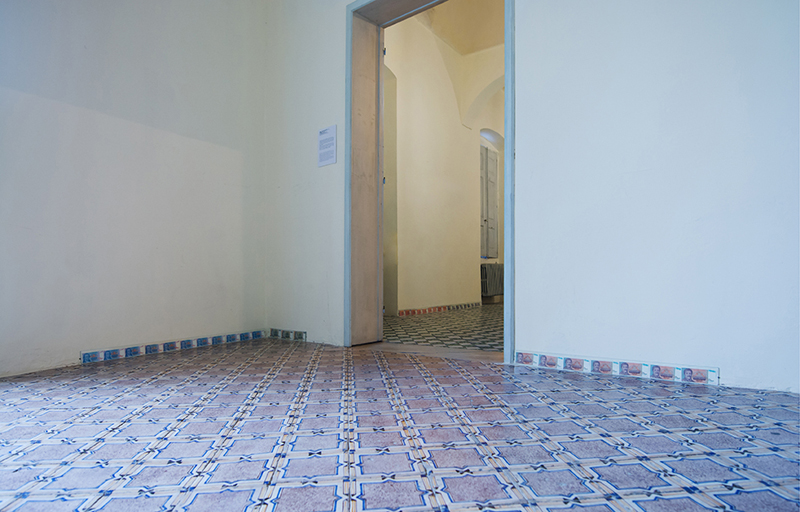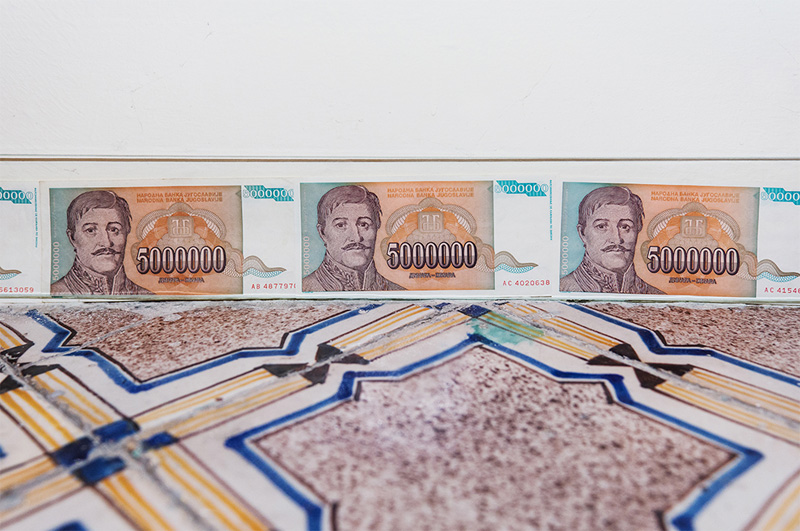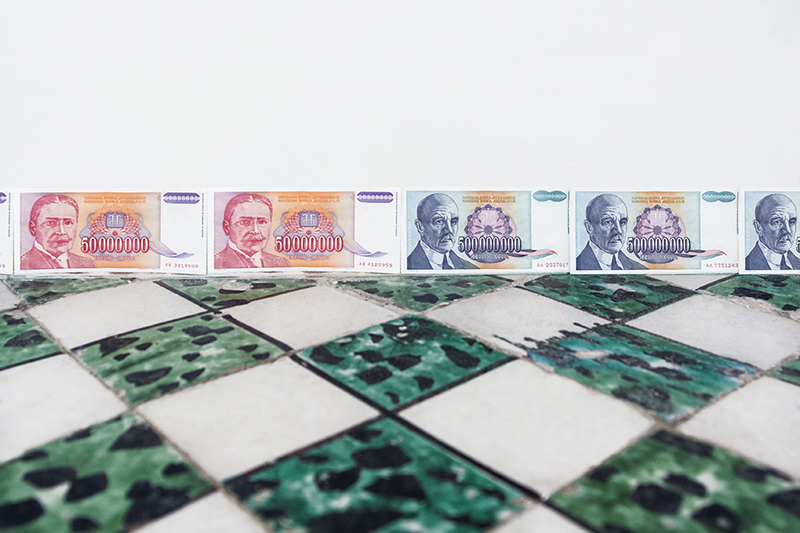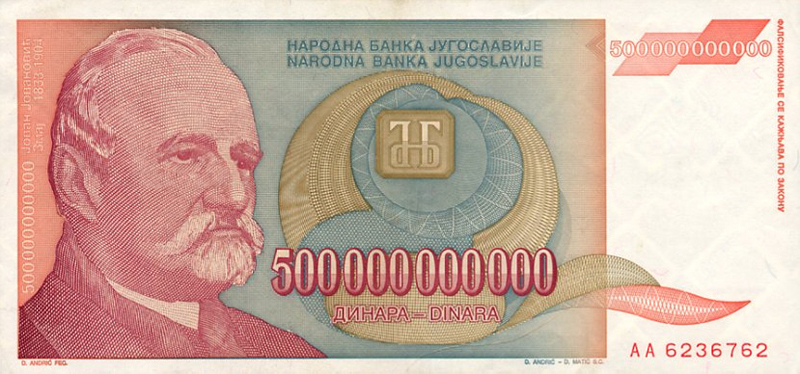Irena Lagator Pejović
works
- Lines, Values, Coexistences
- United Species
- Means that Can Contribute to the Phytoremediation of Polluted Areas
- Saved Books. The Art of Transmitting the Knowledge Without the Need for Subsequent Reparation.
- “I Would Put All Mighty Weaponry Into the Museums That No One Visits”
- Expanses of Love
- “If I Were Ronald Regan”
- Nets, Nodes, Horizons
- Workers University
- My Father’s Salary
- Fiscal Verses. Reprogramming the Machine
- Missing Content
- The Knowledge of the Limited Responsibility Society
- Shared Air
- Blurred Landscapes
- There is Already a Feeling of a Flow
- Symbiotic Collection
- Maximum Profit - Minumum Time
- This is Not a Landscape Any Longer. Tolerance, Transparency, Transition.
- Nature Culture
- Pillars and Horizons
- Where is the Monument?
- Forward Play Reverse
- Life and Institution
- Capital Culture Cuts
- Two Safes. No keys!
- Non LLC l.l.c.
- Plastic Water
- Society and Documents
- Exchange Value
- Work in Public Space
- Institution Nature
- LLC versus Non LLC
- Abbandoned Cinema
- Freedom Security Progress
- Occupying/Liberating Space and Time
- Directions
- Image Images
- Property
- Dissapearance Appearance
- Further than Beyond
- Image Think
- Ecce Mundi
- Camera Imaginata. The Means for Exchanging the Power of the Imagination
- Means for Intensifiying a Sense of Poetic Reconstruction of the World
- The Society of Peaceful Coexistence, Santa Croce sull’Arno
- Installation for Improving the Sense of Responsibility
- Equation Function
- Limited Responsibility Society, Santa Croce sull’Arno
- Resistence Reservoir
- Limited Responsibility Society, Polignano a Mare
- Limited Responsibility Society Automatism
- Experience Economy History
- The Society of Peaceful Coexistence, Belgrade
- Responsitorium Horizon Poems
- Time of Limited Responsibility Society
- Limited Responsibility Society Experiment, Salzburg
- Present Space Expansion
- Cultural Barriers to Growth
- Continuous Limited Responsibility Society
- Knowledge of the Limited Responsibility Society
- Limited Responsibility Society Experiment, Strobl
- Limited Responsibility Society By Night
- Limited Responsibility Society, Cetinje
- Inverse Spaces
- Our Colored Everyday
- Machine Error. Shape a Book
- What We Call Real
- After Memory
- Next
- Is It Still Winter, Outside?
- The Way We Live
- How Small is the Universe
- Living Space
- The Society of Unlimited Responsiblity
- Own Space
- Living Room
- Near Universe
- An Embrace in the Space
- Light in Space
- Please Wait Here
- Wash Inside Out
- What is Missing
- Temporary Dumping Place. Rotations in the Given Space
- Opening of the Book
- Registrar
- May I Help You
- Passerby
- Are You Happy Now
- BBBBeauty
- Tell Why
- Witnes of Time - Now
- Witnes of Time
- It is Made for You
Exchange Value
2017
banknotes from the period of hyperinflation in Yugoslavia 1992-1994 installed in baroque palace, Italy /
dimensions vary according to space / lines of banknotes /
installation
exhibition: Mythologies, Phest 2017, Monopoly Italy, curated by Roberto Lacarbonara.
Text, statement: Irena Lagator Pejovic
Photo: Letizia Gati
Characterized by self-confidence, dynamism and a realistic approach to depiction, dynamic movement, bold realism that was giving viewers the impression that they were witnessing an actual event and direct emotional appeal, baroque, often conveying a sense of drama, and tension, can be juxtaposed to a very short period of time in Yugoslavian state that no longer exists either. Regardless of their distant time, those characteristics of baroque can be understood, analyzed and learned from if we take into consideration the Yugoslavian history and experience. It was a country in Southeast Europe, and the concept of Yugoslavia, as a single state for all South Slavic peoples, emerged in the late 17th century (parallel to baroque). The state was first formed in 1918 as a kingdom and in its several forms lasted during most of the 20th century. After an economic and political crisis in the 1980s and the rise of nationalism, Yugoslavia broke up along its republics' borders, at first into five countries, leading to the Yugoslav Wars.
Throughout the exhibition spaces of the Palmieri baroque palace in Monopoli, lines of various lengths of banknotes are positioned horizontally along the bases of walls. Banknotes are arranged according to their value in relation to space and history represented by portraits of significant personalities that led to the union of south Slavic people and formation of a state that gathered vast complexity, diversities, nationalities and cultures and whose final breakdown caused emotional "exuberance" that in its various form still lasts today.
In particular, the work points at the very short period of hyperinflation between 1992 and 1994 in Yugoslavia one of the greatest in the history of mankind and whose devastating consequences are unheard of in economic history. Production has been steadily decreasing, and prices have been rising faster. People were waiting in long lines to obtain 1kg of bread or 1l of milk. It was a generator of economic breakdown. In late 1993, at the peak of hyperinflation, the National Bank of the FRY issued a bill of 500 billion dinars with the image of poet Jovan Jovanovic Zmaj (1833-1904). The prices doubled every 16 hours. The more zeros on the banknotes, the less they valued.
The beginning of the 21st century understands art as artivism - the use of wide variety of artistic means to intervene in socially relevant processes (Peter Weibel). That the exchange of money should not be the only purpose and form of art, this history and time relating work using money and experience as material for its construction, material that circulated among people and that belongs to everyone, aims to activate us socially to use our knowledge of history as a form of intervention and invention, to use reality as means of expression for art as humans sake, because art and politics did not make but interpretations of the world so far. In Boris Groys words...it is contemporary art alone that is able to demonstrate the materiality of the things of this world beyond their exchange value.



